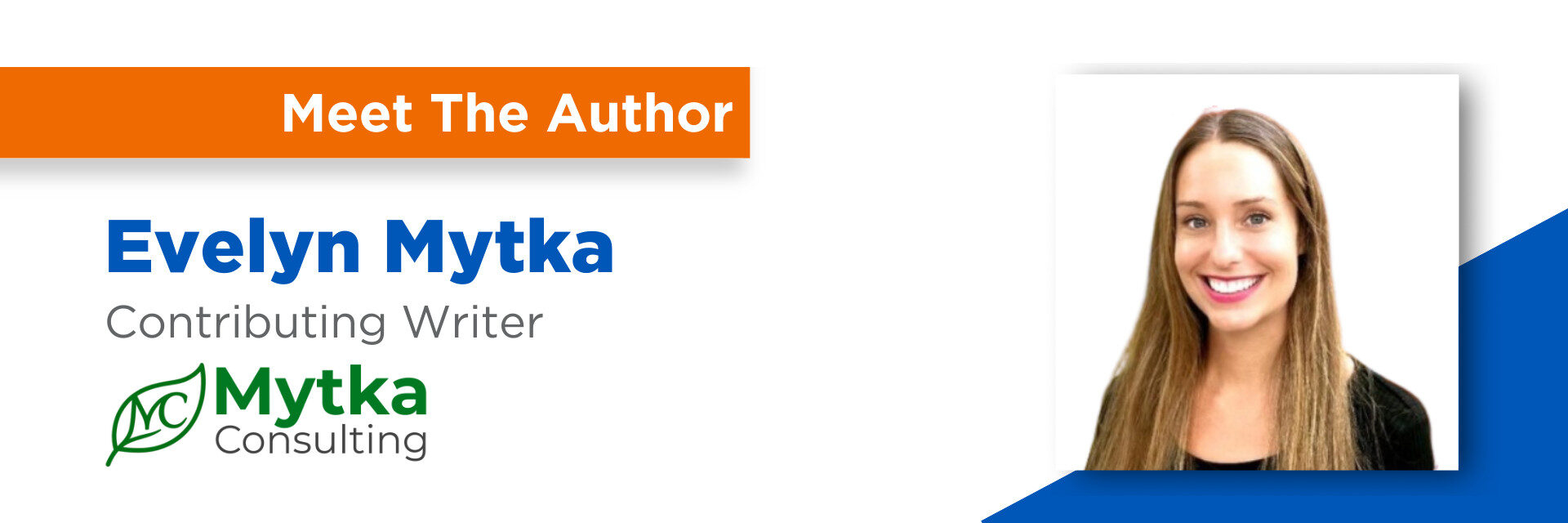Landing a new contract, whether it’s with a municipality, a large corporation, or another small business, often starts with responding to a Request for Proposal (RFP). While the process can sound intimidating, writing a strong proposal is simply about showing that you understand what the buyer needs and that you’re the right person for the job.
By the end of this blog, you’ll know how to structure a professional proposal, what to include, and what common mistakes to avoid, so you can submit with confidence and give your business the best chance to win.
What’s an RFP (Request for Proposal)?
An RFP (Request for Proposal) is how an organization asks potential suppliers or service providers to explain how they would deliver a specific project or service. Think of it as a formal job posting for businesses, one that asks not just what you’ll do, but how you’ll do it and why you’re the best choice.
RFPs are common in both the public and private sectors. Municipalities might issue an RFP for landscaping, IT support, or cleaning services, while corporations may look for marketing, catering, or construction bids. The key to standing out? Following the instructions exactly and tailoring your proposal to their specific needs.
If you’ve never seen one before, public RFPs are often posted on Alberta Purchasing Connection (APC) and the Government of Canada’s CanadaBuys, which both list open opportunities across sectors.
Understanding the RFP
Before writing a single word, read the RFP carefully … twice! Pay close attention to:
- Scope of work: What exactly are they asking for?
- Evaluation criteria: How will proposals be scored?
- Submission format and deadline: Word count, file type, where to submit, and when.
- Mandatory requirements: Certifications, insurance, licenses, or forms you must include.
- Communication details: Note the contact person, information session (if offered), and the deadline for submitting questions or clarifications.
If something isn’t clear, reach out to the contact person listed in the RFP. Asking a question shows diligence, not weakness.
For those new to bidding, Business Link’s Government Procurement Resources for Small Business and Procurement Assistance Canada both provide helpful resources on understanding public procurement and RFP language.
The Anatomy of a Winning Proposal
Even if the RFP doesn’t specify a format, including the following sections will help you stay organized and professional.
1. Cover Page
Include the client’s name and contact information, project title, date, your contact details, and a proposal expiry date (usually 30–60 days). This sets a polished tone from the start.
2. Executive Summary
Summarize your proposal in a few short paragraphs. Highlight your understanding of the problem, your proposed solution, and why your business is best suited to deliver it.
3. Table of Contents
If your proposal is more than a few pages, include a table of contents so reviewers can easily navigate it.
4. Understanding of Expectations
Show you’ve taken the time to understand their needs by restating the goals and desired outcomes of the project in your own words.
5. Statement of Work
This is the heart of your proposal. Explain what you’ll do, how you’ll do it, who will do it, and when it will get done. Include:
- Deliverables and milestones
- Your project timeline
- Team members or subcontractors
- Resources or equipment required
- Relevant past experience or case studies
You can find a sample template for Statements of Work through Innovation, Science and Economic Development Canada (ISED) or industry associations.
6. Special Considerations or Exclusions
Clarify anything outside your scope, such as ownership of intellectual property, warranties, or responsibilities that fall to the client. Being upfront prevents misunderstandings later.
7. Fees and Pricing
Use the pricing method requested in the RFP (hourly rate, fixed fee, or per milestone). Include all relevant expenses like travel, subcontractors, or supplies, and explain how costs were calculated if possible.
8. Terms of Payment
Outline your payment expectations, including initial deposits, milestone payments, or final invoices, and list the accepted payment methods.
9. Cancellation and Contingency Plans
Demonstrate professionalism by showing you’ve considered potential risks. What happens if the project is delayed, cancelled, or changed?
10. Signature and Date
Close your proposal formally with a signature and date to confirm your commitment.
Tips for Writing a Strong Proposal
- Read the instructions (again). Then build your outline directly from their requirements.
- Use clear, confident language. Avoid jargon or fluff.
- Be concise. Aim for clarity, not length. Reviewers often skim.
- Stick to their format. If they want a PDF, don’t send a link.
- Check spelling and grammar. A polished proposal reflects a professional business. You can use a tool like Grammarly or run it through an AI program using a prompt such as “edit this only for spelling and grammar.”
- Submit early. Don’t let technical glitches cost you the opportunity. If you’re submitting through an online portal, avoid waiting until the last minute as systems can slow down or even crash when too many people submit at once. Planning to submit a day before the deadline can save you a lot of stress.
Common Mistakes to Avoid
Even seasoned business owners slip up on proposals. Here are a few to watch for:
- Ignoring submission instructions (wrong file type or missing attachments)
- Copy-pasting an old proposal without customizing it
- Forgetting mandatory forms or signatures
- Overpromising on timelines or deliverables
- Using vague or overly casual language
Remember: clarity and consistency are more impressive than flashiness.
Helpful Resources
If you’re ready to start bidding or want to learn more about the process, check out:
- Business Link – Free one-on-one support for entrepreneurs across Alberta.
- Alberta Purchasing Connection (APC) – Public-sector procurement opportunities in Alberta.
- Procurement Assistance Canada – Federal government supplier support and training.
- Government of Canada: RFP Guidance for Clients – Official information and templates for writing and managing RFPs from Public Services and Procurement Canada.
- Innovation, Science and Economic Development Canada – Sample proposal and Statement of Work templates.
- CanadaBuys – Government of Canada’s central platform for tendering opportunities and supplier registration.
- Canva – Offers free and paid proposal templates you can customize with your branding, making your submission professional and visually appealing.
Ready to Write Your Next Winning Proposal?
Writing a proposal takes planning, patience, and practice. Each one you submit sharpens your skills and helps you better understand what clients are looking for. If you’re ready to take the next step, Business Link’s strategists can guide you through the process and help you craft proposals that get noticed. Book a free one-on-one meeting with a Business Link Strategist today.



